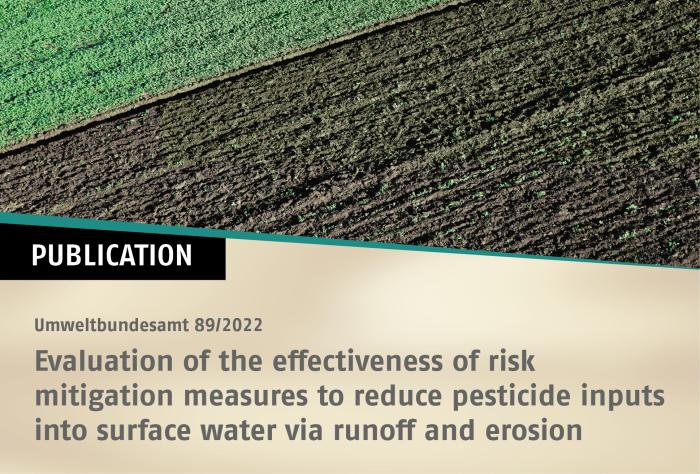Hazard, Exposure & RIsk Assessments
Because of our many years of experience in human and environmental safety assessments and our global outreach, knoell is perfectly positioned to provide a broad spectrum of services for registration packages in Europe and beyond.

With a team of nearly 40 toxicologists, more than 70 environmental fate and modelling experts as well as approximately 45 ecotoxicologists your assessments for whatever challenge you have are in expert hands.
We‘ll keep you on track with our bee services:
- Strategic planning of bee studies for active substance and product dossier submission on EU and national level
- Planning, monitoring and reporting of regulatory bee studies under GLP
- Acute and chronic laboratory toxicity studies with honey bees, bumble bees and solitary bees
- Higher-tier semi-field and field studies
- Residue studies in bee-relevant matrices - Quality improvement of studies and reporting
- Validity check of existing bee studies considering recent guidelines
- Dossier preparation for active substance and product(s)
- Refinement approaches for the pollinator risk assessment, e.g. Tier 2 calculations for exposure refinement using the SHVAL tool developed by EFSA
More information on Bee Services.
Endocrine Disruptor (ED) assessments
Our team of experts supports in all aspects of the highly complex and challenging Endocrine Disruptor (ED) assessment, tailored to your needs.
- Assessment according to ECHA/EFSA ED Guidance
- Literature & database search, QSAR profiling
- Weight of evidence, mode of action analysis
- Development & design of testing strategies
- Screening of biocidal product co-formulants
- Training courses
More information on Endocrine Disruptor assessments.

Computer based (in silico) modelS - QSAR, read-across, and more...
Years of experience in the various regulatory areas covering the different categories of chemical substances allowed knoell to establish a team specifically dedicated to developments and use of in silico models. For example the following tasks and questions can be supported by data derived from in silico models
- Early screening can deliver results to support your decision making processes at an early stage of R&D of new substances.
- Obtained information can supplement experimental data in weight of evidence approaches.
- Data can be used in order to meet the 3Rs principle: Replacement, Reduction and Refinement of animal testing.
- Testing of all metabolites (and impurities) is practically impossible e.g. due to timeline constraints and/or technical limitations.
Learn more about the regulatory frameworks and questions where in silico models can be applied.
Standard and higher tier approaches
When it comes to the use of chemicals, human, environmental and ecological safety are key. Therefore, depending on the active ingredient, product and country of use, complex assessments form the core of most sets of documents required to obtain and maintain market access.
Standard assessments are calculations based on conservative assumptions and simple equations. Calculations can be performed using Microsoft Excel spreadsheets, sometimes provided as a standardised 'tool' by the respective authorities, or slightly more sophisticated models (e.g. the FOCUS suite for EU groundwater and surface water modelling) but still using conservative input parameters. In contrast, higher tier approaches gradually increase in complexity with each tier of the models in order to depict the natural "real-life" conditions and possible effects as accurately as possible.
An example of how a higher tier approach could look like can be found here.
Explore the knoell library to learn more about our experts and expertise.


